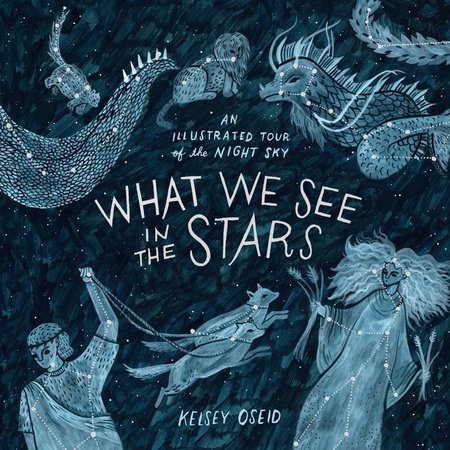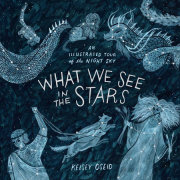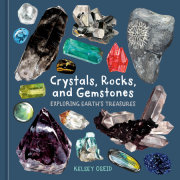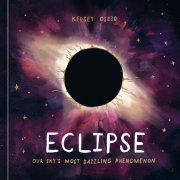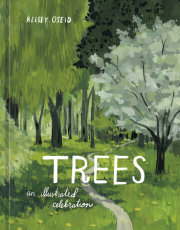CONTENTS
THE CONSTELLATIONS
Bright Stars 17
Precession & Shifting Pole Stars 18
The Ecliptic 20
Ptolemy’s Constellations 22
The Modern Constellations 72
Tools, Art & Technology 74
Animals & Mythical Creatures 78
Other Modern Constellations 84
THE MILKY WAY
THE MOON
The Phases of the Moon 94
Disk Sizes 98 Tidal Locking 99
More Moon Phenomena 100
Lunar Maria 102
Full Moon Names 104
THE SUN
Sunlight is Starlight 108
Lunar Eclipses 110
Solar Eclipses 111
The Aurorae 112
THE PLANETS
Wandering Stars 116
Mercury 119
Venus 121
Earth 123
Mars 125
Jupiter 127
Saturn 129
Uranus 131
Neptune 133
Outer Objects 134
ASTEROIDS, COMETS & METEORS
Comets 138
Meteors 140
Asteroids 144
DEEP SPACE
Messages for the Stars 148
Voyager Interstellar Mission 150
Deep Space 152
Nebulae 153
Is There Anyone Out There? 154

